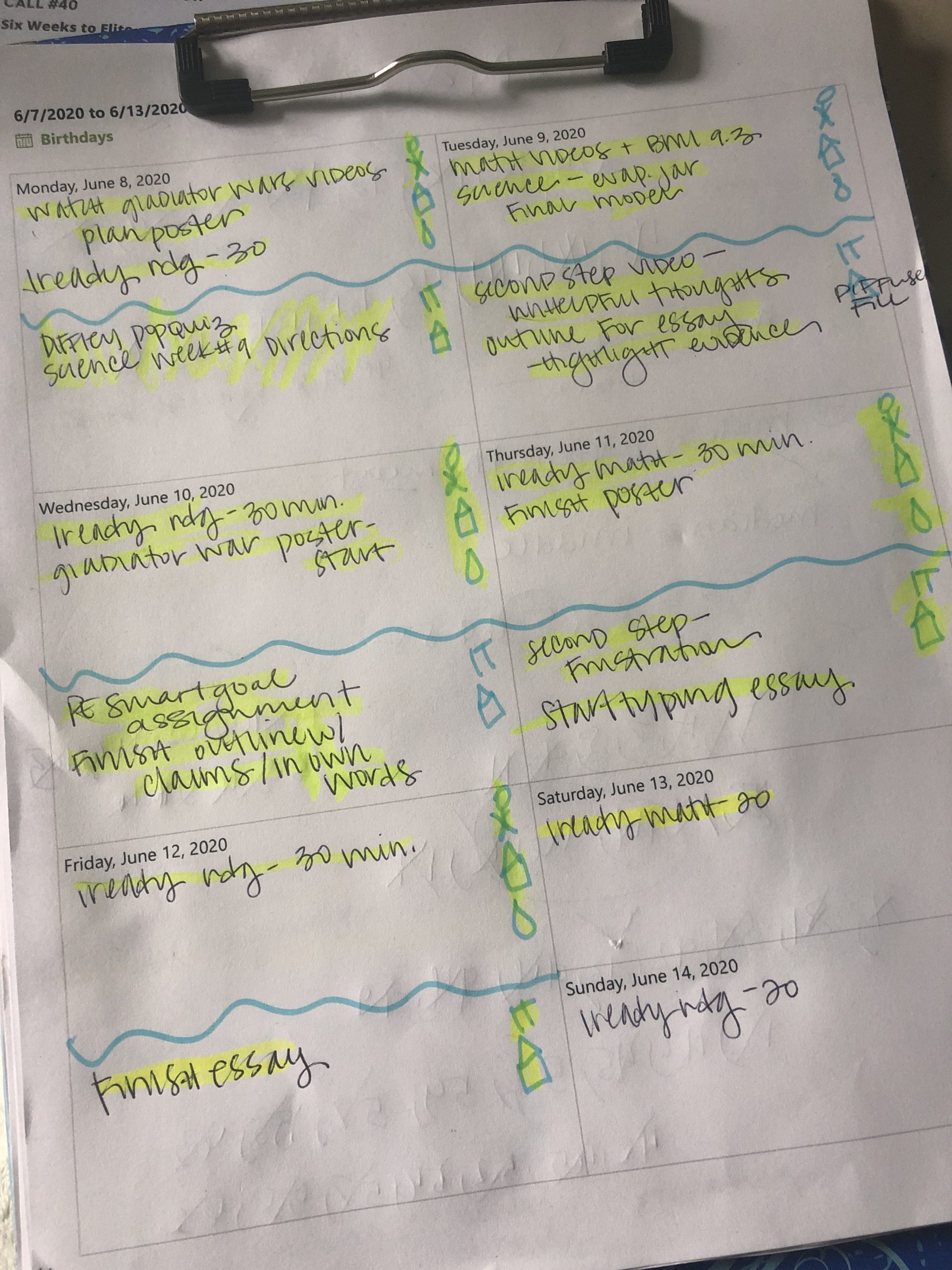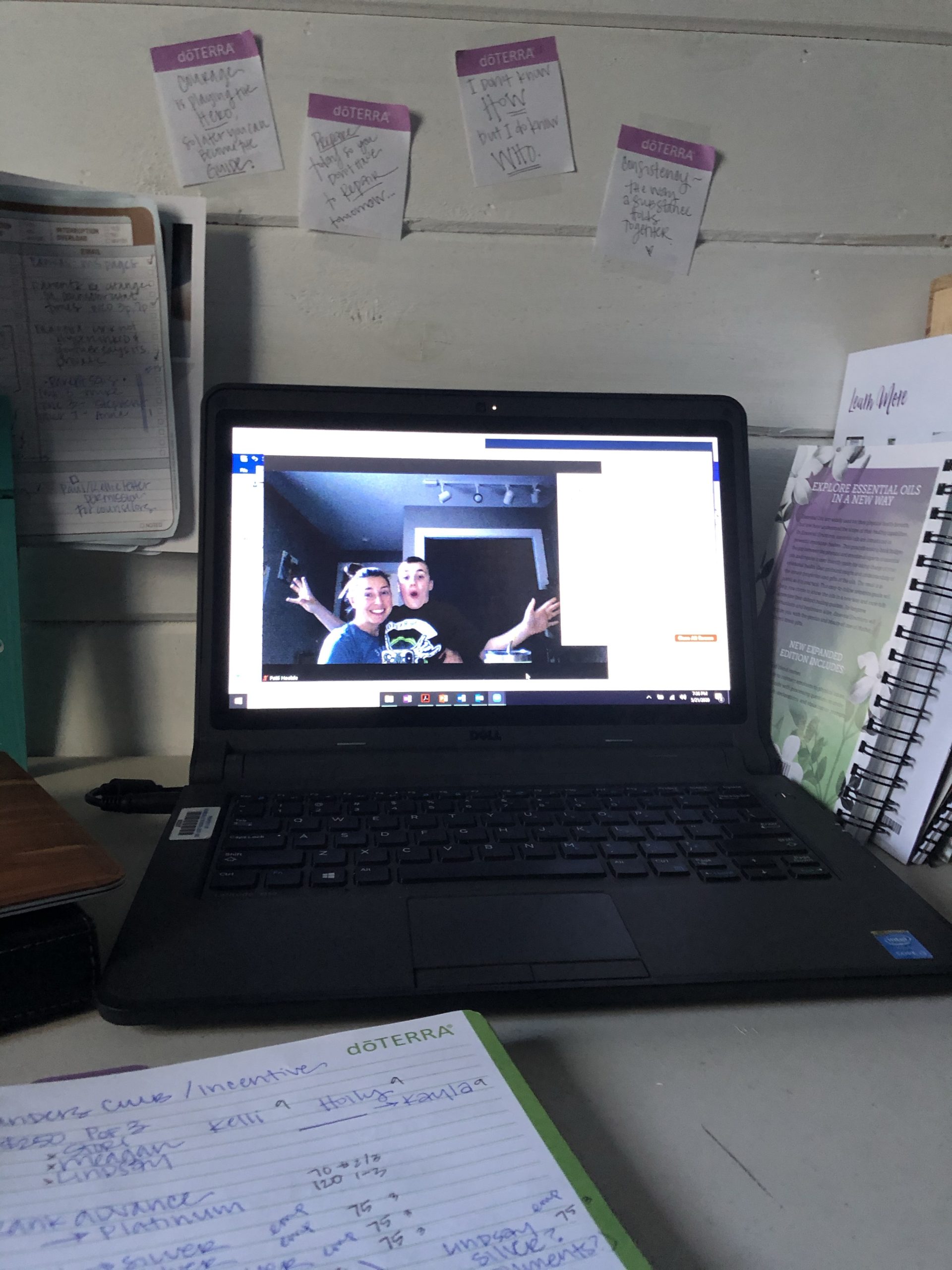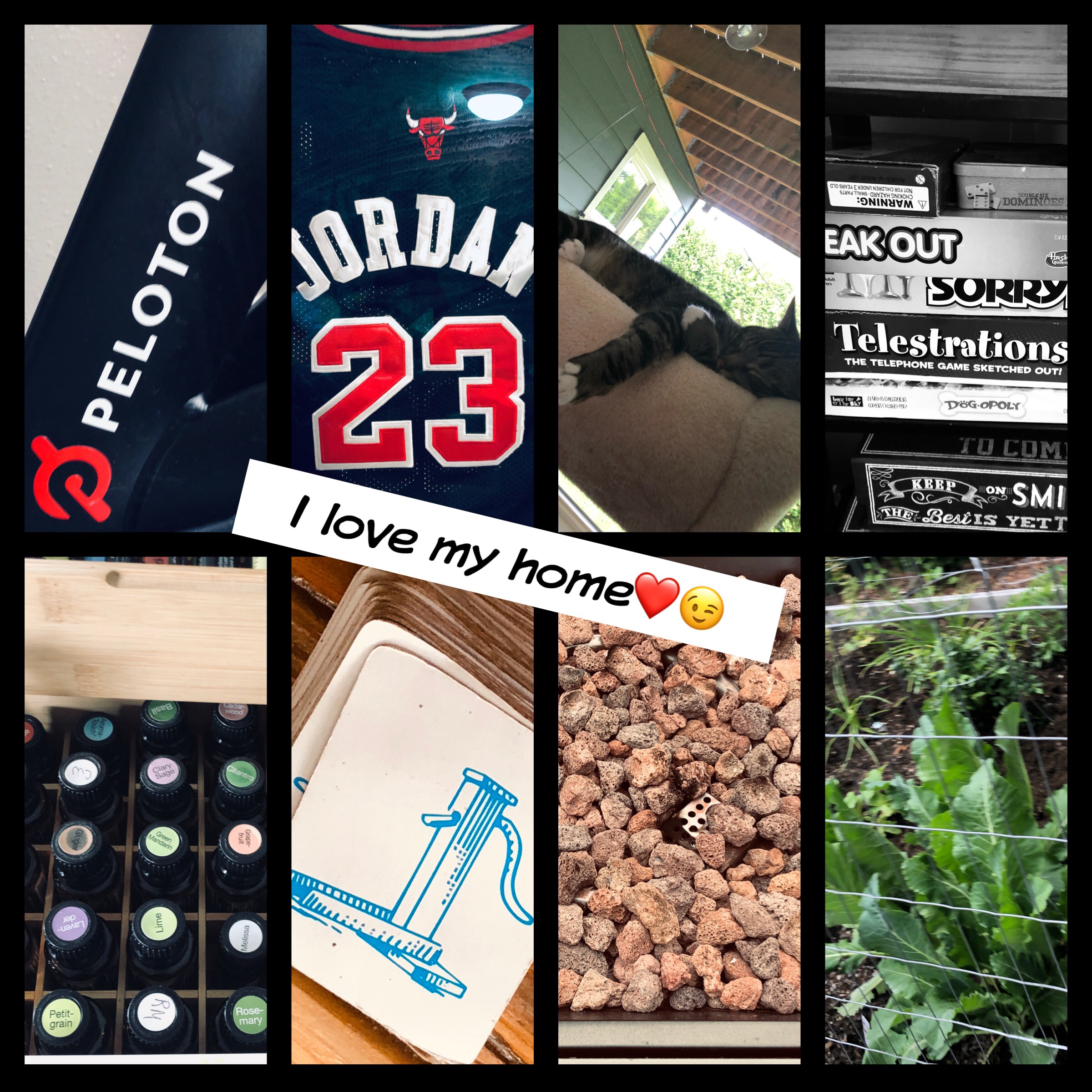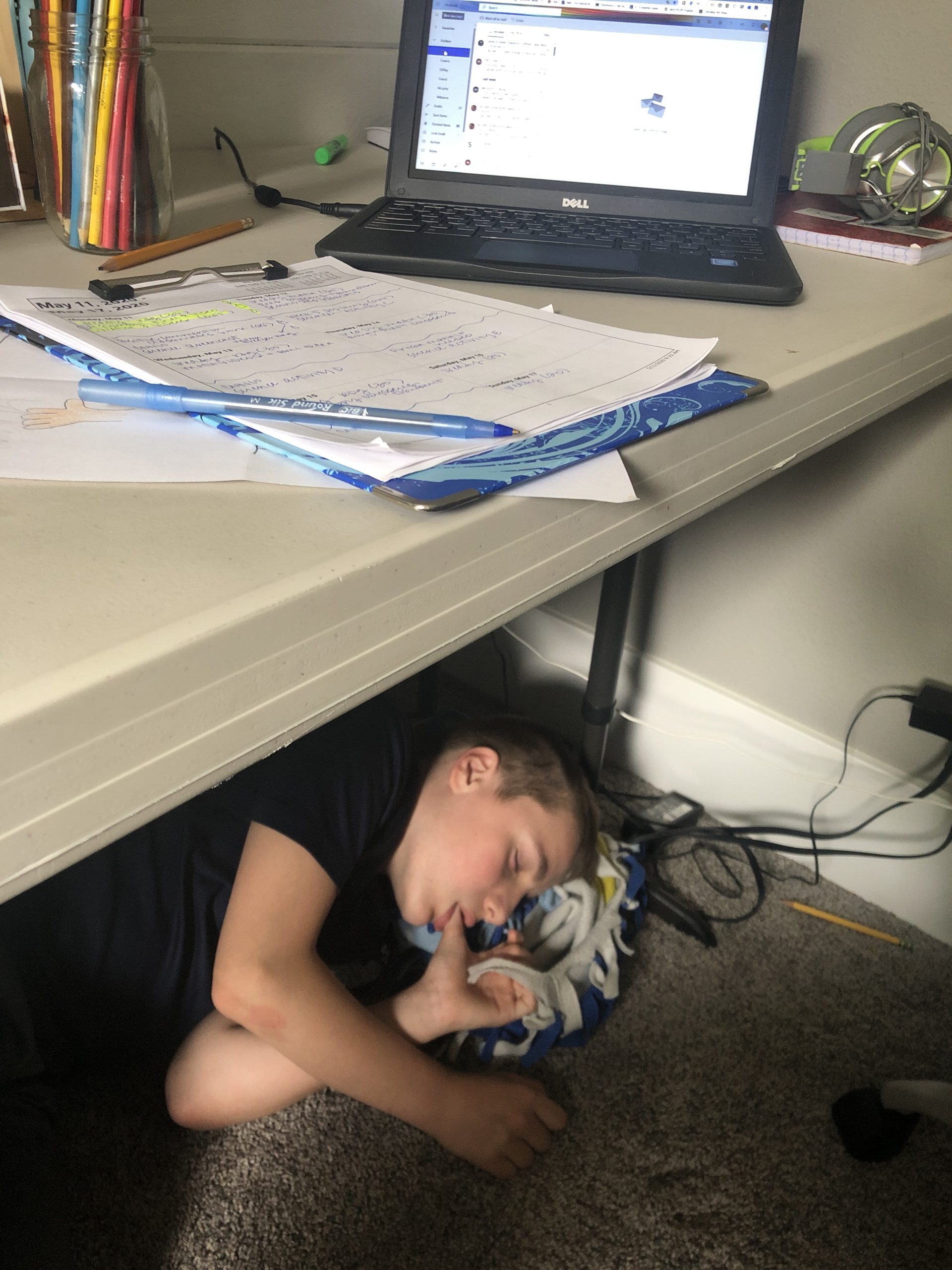As an educator, I was hopeful about the school closure and what I would be able to accomplish with our 6th grader, WonderBOY. Then the first two weeks hit and it was BUMPY….tantrums, holes in walls, and a very frustrated mama who was also trying to work from home. He is a bit behind in multiple academic skills so I was determined to help him fill in some of those gaps while we had dedicated time to do so the last 3 months.

And then, I decided I was ready to experiment. To put all of my hopes and dreams into what a “trauma-responsive” environment could look like for him (and in my actual dreams, what an entire classroom doing this might mean for so many of our students with trauma histories). So we shifted our expectations and found great success with the following adjustments:
1. Meeting him where he was at each morning. We held a morning meeting and assessed his mood, tired-ness, weather outside (impacts him greatly), stress level with family, etc. This improved our trusting relationship and grounded him in the expectations for the day.
2. Go over assignment chunks each day (not entire assignment at one time) and adjust if mood not fitting….this means we might move assignments around or add in more physical activity or rest time.

3. Work in 20-30 minute increments….we had a timer system set up that he was in charge of. If he worked for 30 minutes, he always received a break to move his body, relax his mind, or do mindfulness in between work times. This was the BIGGEST factor in him staying focused and him producing quality work.
4. Find interest projects – he was not motivated by the art projects assigned but we wanted him to stay accountable for completing assignments. We switched up the assignments to photography collages and/or painting with Dad so he was highly motivated to work on them.

5. Part of increasing the success we were having meant we had to DECREASE his work load. But that did not mean we weren’t holding him to standards….we stayed consistent in what we expected every day, gave him choices of when to do certain items not IF he was going to do them, and adjusted to his escalations/anxiety. And it was still tiring on certain days as evidenced by the picture below. This nap lasted 3 hours and instead of hounding him with work upon waking, we just moved his work to the following day. We considered each week as an entity with work due by the end of the week, not due dates each day.

So what came of this all? Our relationship is strengthened and he is a lot more open to our feedback than prior to this homeschooling. We learned a ton about how he works, when he is distracted, and how we can set up his work times better. And his work was crazy improved from what he was able to produce in class….I’m pretty sure some of his teachers thought I may have been helping with the actual work in disbelief WB could produce what he was producing. He improved two entire grade levels in his online reading curriculum…..and I am confident he can continue to do the work into the summer months without complaints.
Now can this continue in a school building? I am not sure…..so many distractions from peers, no 1-on-1 attention from a trusting adult consistent throughout the day, multiple stressors in a middle school life make this “trauma-responsive” environment a hard one to replicate.
But rethinking education a little might move towards a safer environment for kiddos just like WB….what IF they only had one teacher for an entire day? What IF they had smaller class sizes? What IF each day started with an individual check in with each student, assessing their emotional “availability” to learn for the day? What IF there was a space for kiddos to go and get basic needs met like food or rest without needing to get it by acting out? What IF we structured a longer school day with MORE breaks built in for busy learners?
A trauma mama can dream right?????
